Joya-no-kane (Bell Ringing on New Year’s Eve) in Kyoto
Aiding in New Year’s Purification: The Significance of Ringing the Bell 108 Times Joya-no-Kane, a Buddhist custom in Japan, involves ringing…
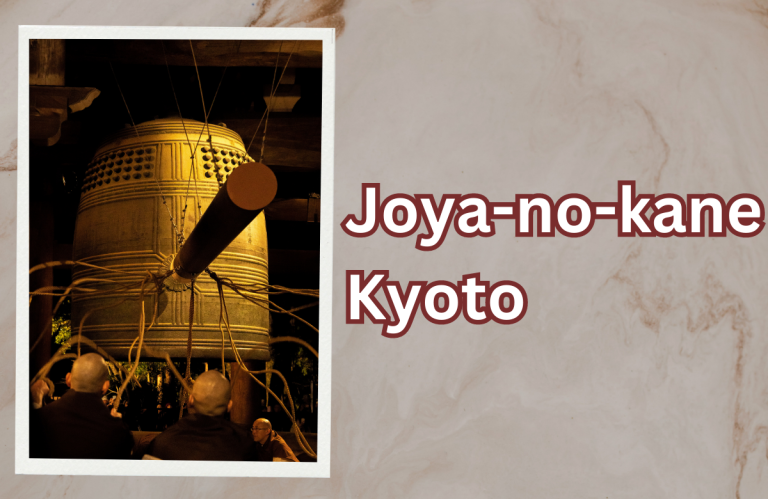
Aiding in New Year’s Purification: The Significance of Ringing the Bell 108 Times Joya-no-Kane, a Buddhist custom in Japan, involves ringing…
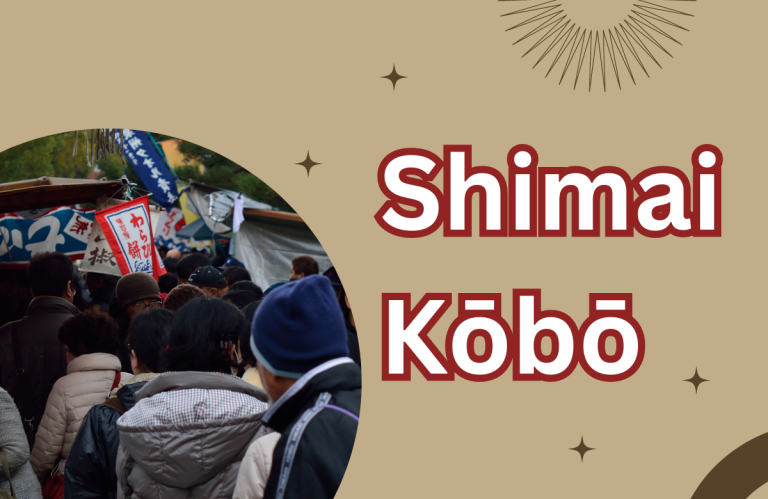
A Tribute to a Buddhist Priest Kobo-ichi, popularly known as Kobo-san, is not just an average market. This flea market held…
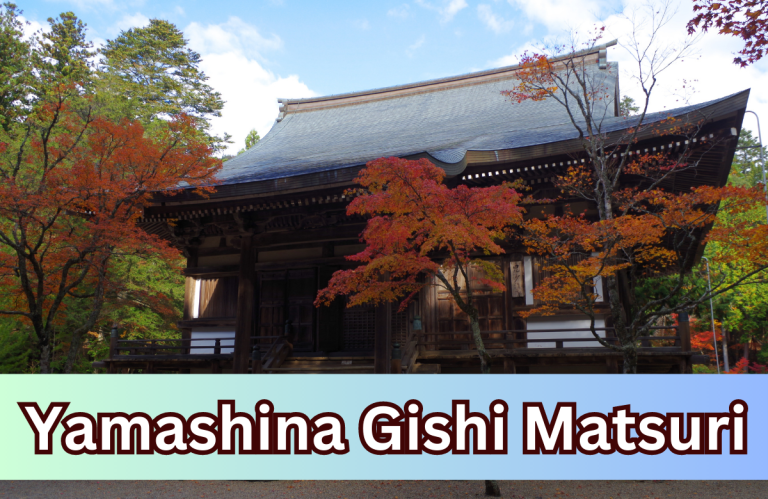
Held every December 14th at the Bishamon-dō temple in Yamashina, the Gishi Matsuri festival is a historical commemoration of the renowned…
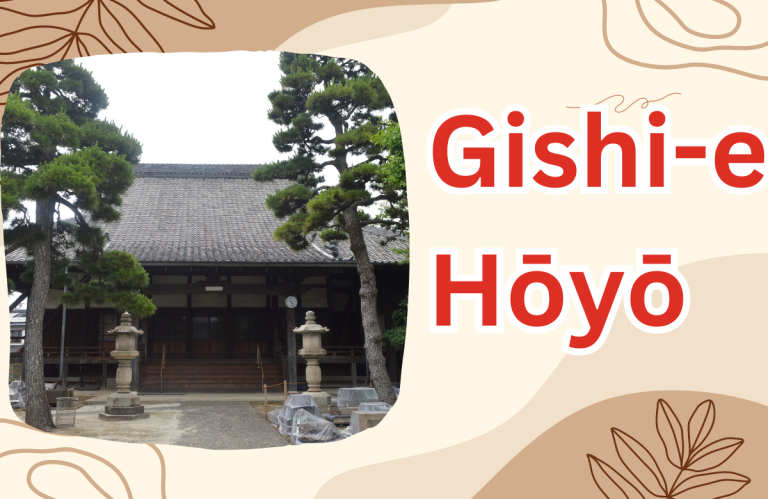
The Tale of the 47 Rōnin and its Connection to Hōjū-ji Temple Each year on December 14th, the serene ambiance of…
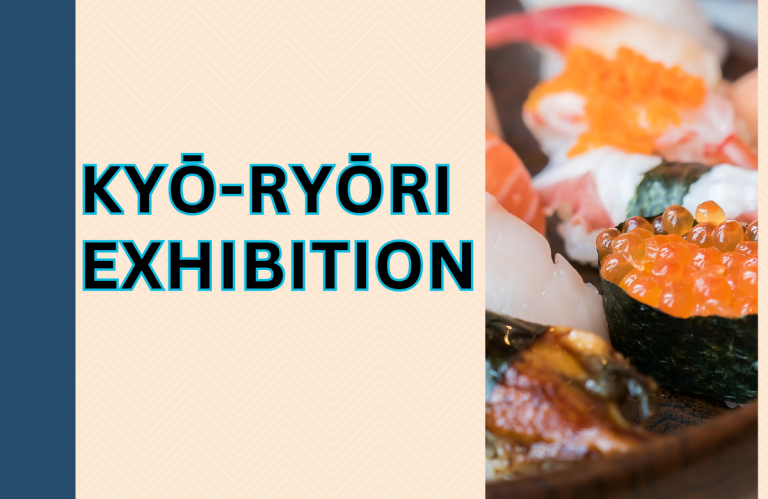
A Glimpse of Japan’s Culinary Heartbeat Understanding Kyō-ryōri Kyō-ryōri, the very soul of Japanese culinary culture, is a symphony of five…
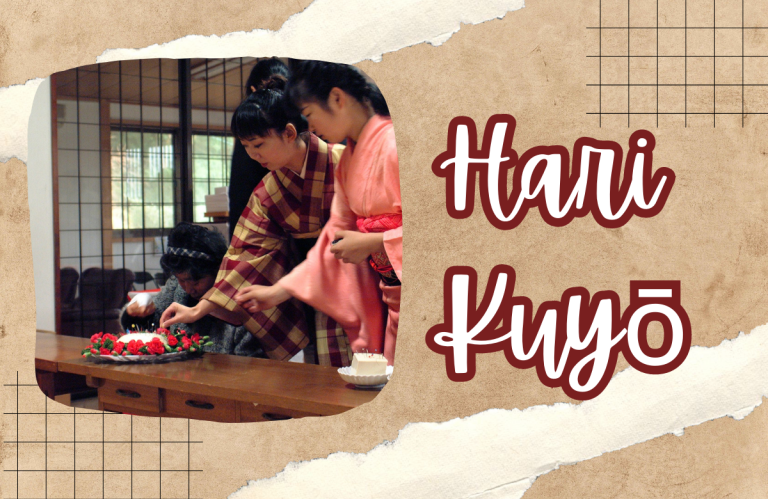
Hari Kuyo Festival Hari Kuyo, also known as the Japanese Buddhist and Shinto Festival of Broken Needles, is a unique event…
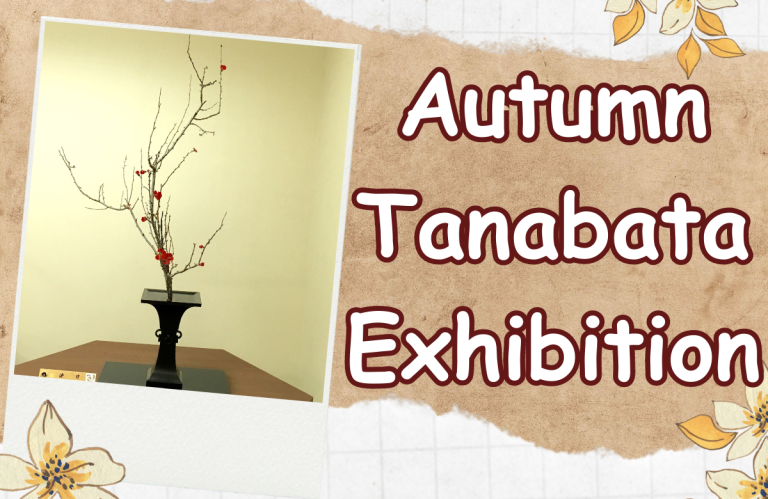
The Japanese art of flower arranging, Ikebana, a fine tradition inherent in Japanese culture since the Heian period (784 – 1185…
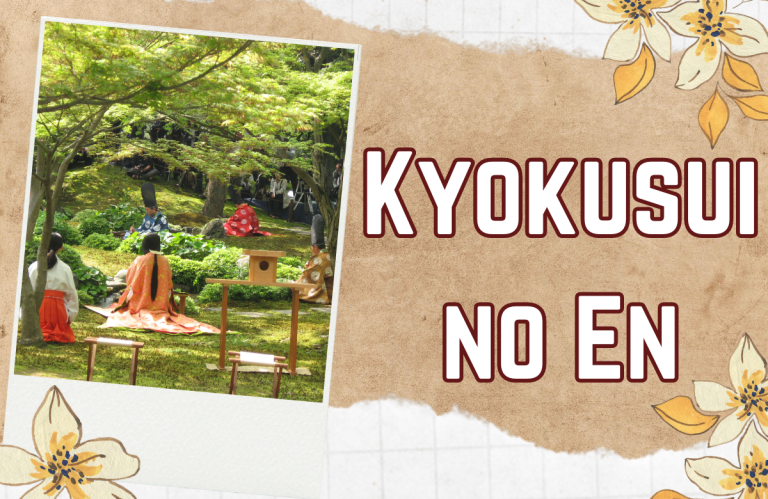
Celebrating Academic Excellence and Japanese Tradition Japan’s esteemed Kitano Tenmangū Shrine, renowned for its breathtaking plum grove and prayers for scholarly…
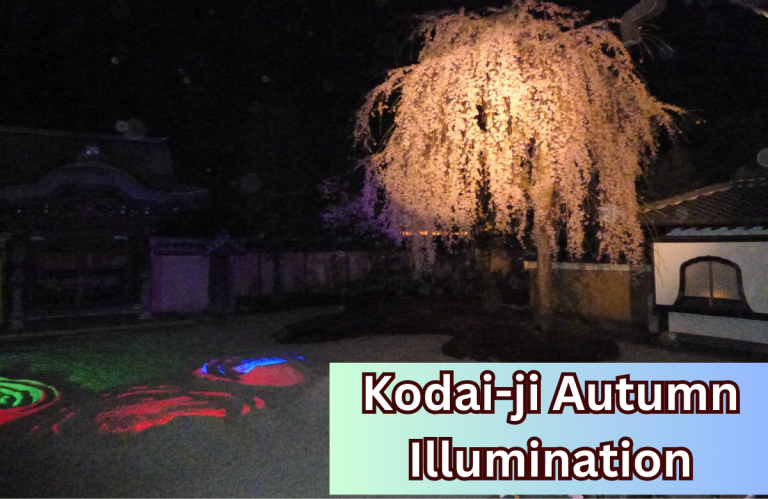
Kodai-ji, a well-preserved temple formerly known as Kodaijusho-zenji Temple, is one of Kyoto’s remarkable historical sites. Founded in 1605 by Kita-no-Mandokoro…
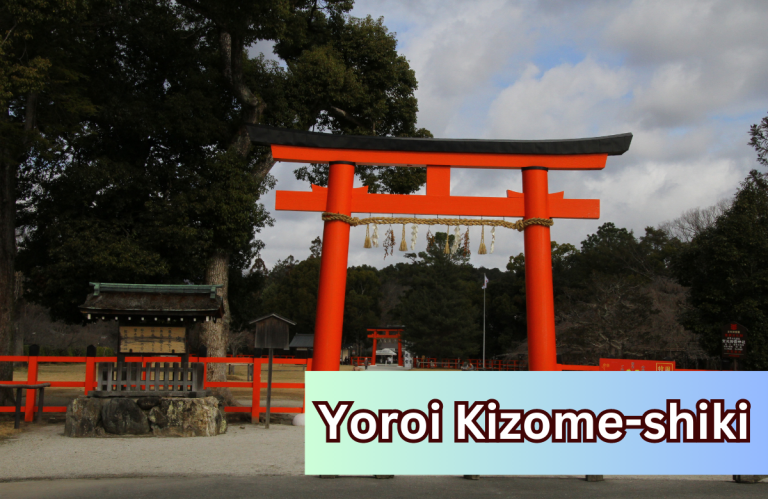
The Kamigamo Shrine in Kyoto has been attracting attention not for its thousand-year history, but for an event initiated only in…
End of content
End of content